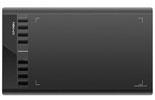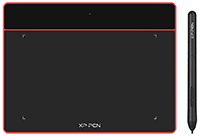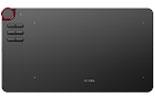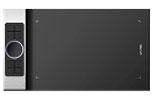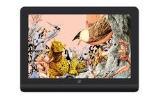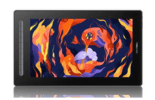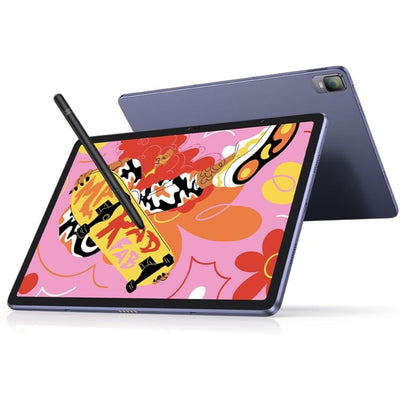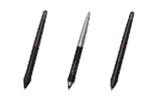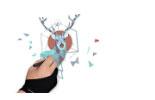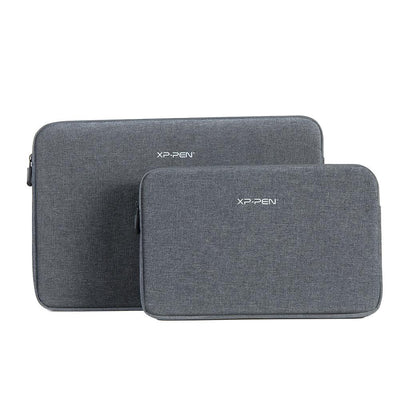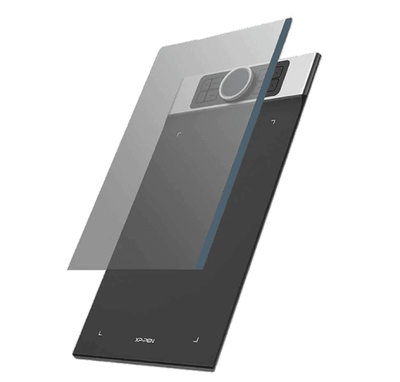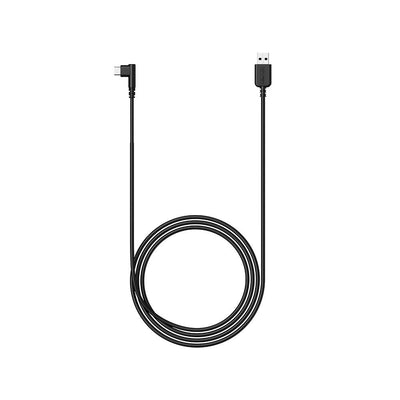A Comprehensive Review of Drawing Software Options

Are you an aspiring artist or a professional illustrator looking for the best drawing software to bring your creative visions to life?
In this article, we'll provide you with an in-depth overview of various drawing software options available in the market.
Whether you're a digital art enthusiast, a graphic designer, or a hobbyist looking to explore your artistic side, finding the right drawing software is crucial to your creative journey.
Understanding the Importance of Drawing Software
Drawing software plays a pivotal role in the modern creative process.
With the advancement of technology, artists now have the opportunity to express their creativity digitally, eliminating the need for traditional tools like pens, pencils, and canvases.
This software empowers artists to experiment, make revisions, and achieve stunning results with greater ease and efficiency.
Exploring Different Types of Drawing Software
- Vector-Based Drawing Software
Vector-based drawing software, like Adobe Illustrator, offers precise control over shapes and lines.
It's widely used in graphic design for creating logos, illustrations, and intricate designs.
The software allows for scaling without loss of quality, making it suitable for both print and web projects.
- Raster-Based Drawing Software
Raster-based drawing software, such as Adobe Photoshop, focuses on pixel-level editing. It's a go-to choice for digital painters and photographers, offering a wide range of brushes and effects.
Raster software is perfect for creating realistic digital paintings and manipulating photographs.
- Digital Painting Software
Digital painting software, like Corel Painter, simulates traditional painting techniques in a digital environment.
It offers a variety of brushes that replicate the texture and feel of real-world mediums. This software is favored by artists who enjoy the tactile experience of painting.
- 3D Modeling and Sculpting Software
For artists interested in 3D art, software like Blender provides tools for creating intricate 3D models and sculptures.
It's widely used in game development, animation, and architectural visualization.
- CAD Software for Technical Illustrations
CAD (Computer-Aided Design) software, such as AutoCAD, is used to create precise technical drawings. It's an essential tool for architects, engineers, and product designers.
Factors to Consider When Choosing Drawing Software
Selecting the right drawing software depends on your artistic goals, preferred style, and level of expertise. Consider the following factors:
- Features : Different software offers varying tools and features. Assess what suits your creative needs.
- User Interface : A user-friendly interface enhances your workflow and productivity.
- Compatibility : Ensure the software is compatible with your hardware and operating system.
- Learning Curve : Some software may have a steeper learning curve, while others are more intuitive.
- Cost : Evaluate your budget as drawing software comes in a range of price points.
Harnessing the Power of Drawing Software for Creativity
Drawing software isn't just a tool; it's a canvas for your imagination. From digital sketches to intricate illustrations, these programs empower artists to explore their creativity without limitations.
Whether you're an amateur artist or a seasoned professional, the right drawing software can elevate your craft and take your artistry to new heights.
Conclusion
In conclusion, the world of drawing software offers a diverse range of options catering to various artistic preferences and styles.
Whether you're a traditional artist transitioning to the digital realm or a tech-savvy creator seeking advanced tools, there's a drawing software that aligns with your vision.
Embrace the digital canvas, experiment with different software, and watch your creativity flourish.
FAQ's
Q1: Is drawing software suitable for beginners?
- Absolutely! Many drawing software options cater to beginners with user-friendly interfaces and tutorials.
Q2: Can I use drawing software for 3D modeling?
- Yes, certain drawing software, like Blender, offers 3D modeling and sculpting capabilities.
Q3: What's the difference between vector and raster software?
- Vector software focuses on shapes and lines, while raster software works with pixels, making it ideal for detailed editing.
Q4: Do I need expensive hardware to run drawing software?
- Not necessarily. While some software benefits from powerful hardware, there are options that work well on standard setups.
Q5: Can I try drawing software before purchasing?
- Many software providers offer free trials, allowing you to explore the software's features before making a commitment.

